Berlin completely captivated me with its energy, art, and endless ability to reinvent itself. Wandering the streets, I kept stumbling across pieces of history and bursts of modern creativity. The memories of the Berlin Wall linger right next to bold galleries, wild street art, and music venues that never seem to sleep.
Every neighborhood in Berlin has its own pulse. One moment I’m exploring the classic museums on Museum Island, and the next, I’m in Kreuzberg or Neukölln, surrounded by art spaces, food from everywhere, and people who seem to have arrived from all corners of the world.
This mix of old and new pulls me in. Honestly, it’s changed how I look at cities.
Berlin’s story is all about resilience and change. That’s what keeps drawing me back, making me wonder what I’ll uncover next time.
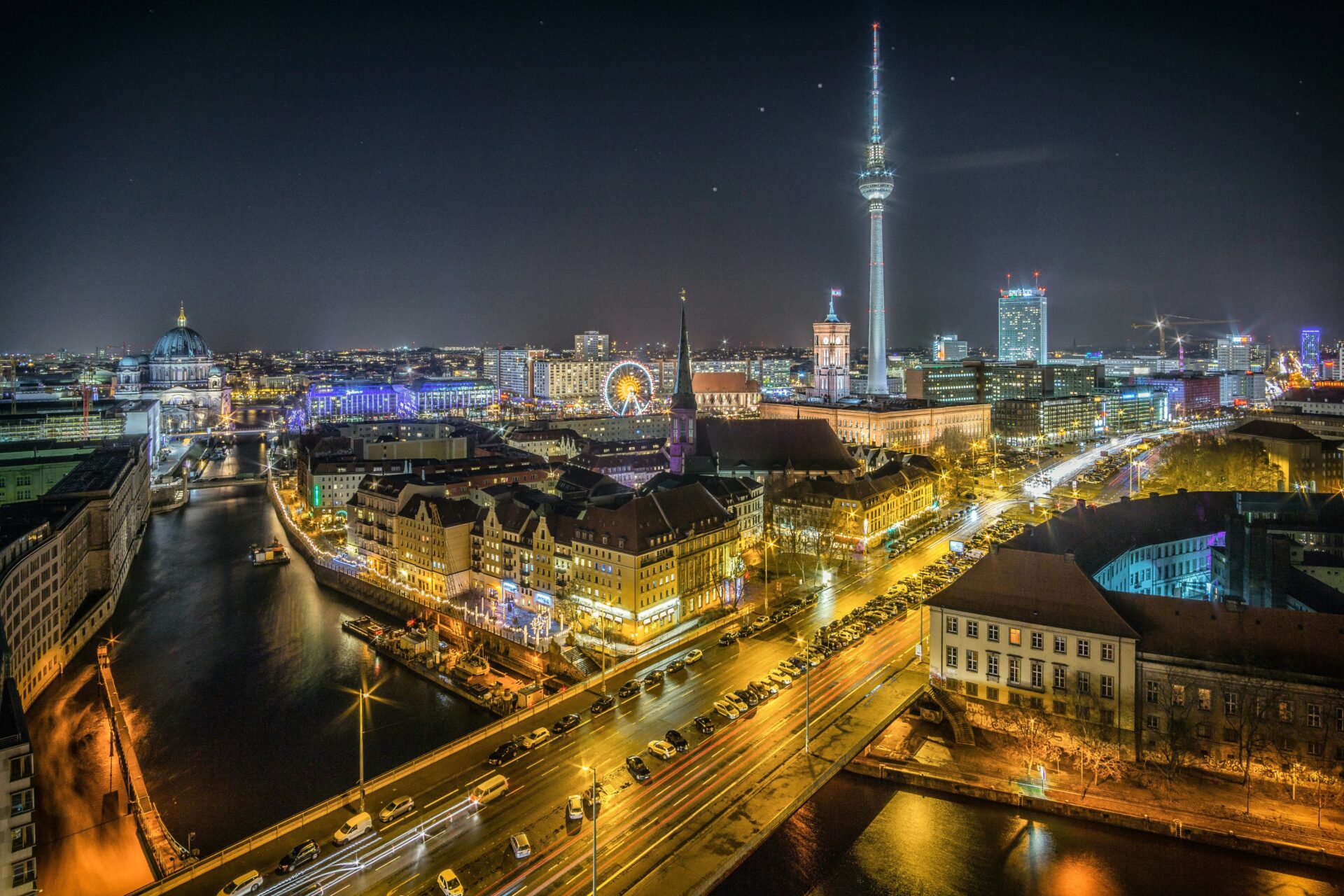
Layers of History That Shaped Berlin
Berlin’s personality comes from so many different eras. Each left their marks—some obvious, some hidden—on the streets, buildings, and the city’s spirit. The changes, from royal beginnings to divided years, still echo in daily life.
From Margraviate of Brandenburg to Prussian Capital
Berlin started out as two towns merging in the 13th century. The Hohenzollern dynasty took over, and suddenly Berlin was the capital of the Margraviate of Brandenburg.
In the 18th century, Frederick the Great stepped in and expanded the city’s influence. He turned Berlin into a hub for arts, science, and philosophy.
Becoming the Prussian capital gave Berlin real power in Europe. Palaces and boulevards popped up, meant to show off its new status. When Prussia pulled Germany together, Berlin got crowned as the new empire’s capital.
That era shaped the city’s architecture and culture. A lot of those grand buildings are still standing, which always surprises me.
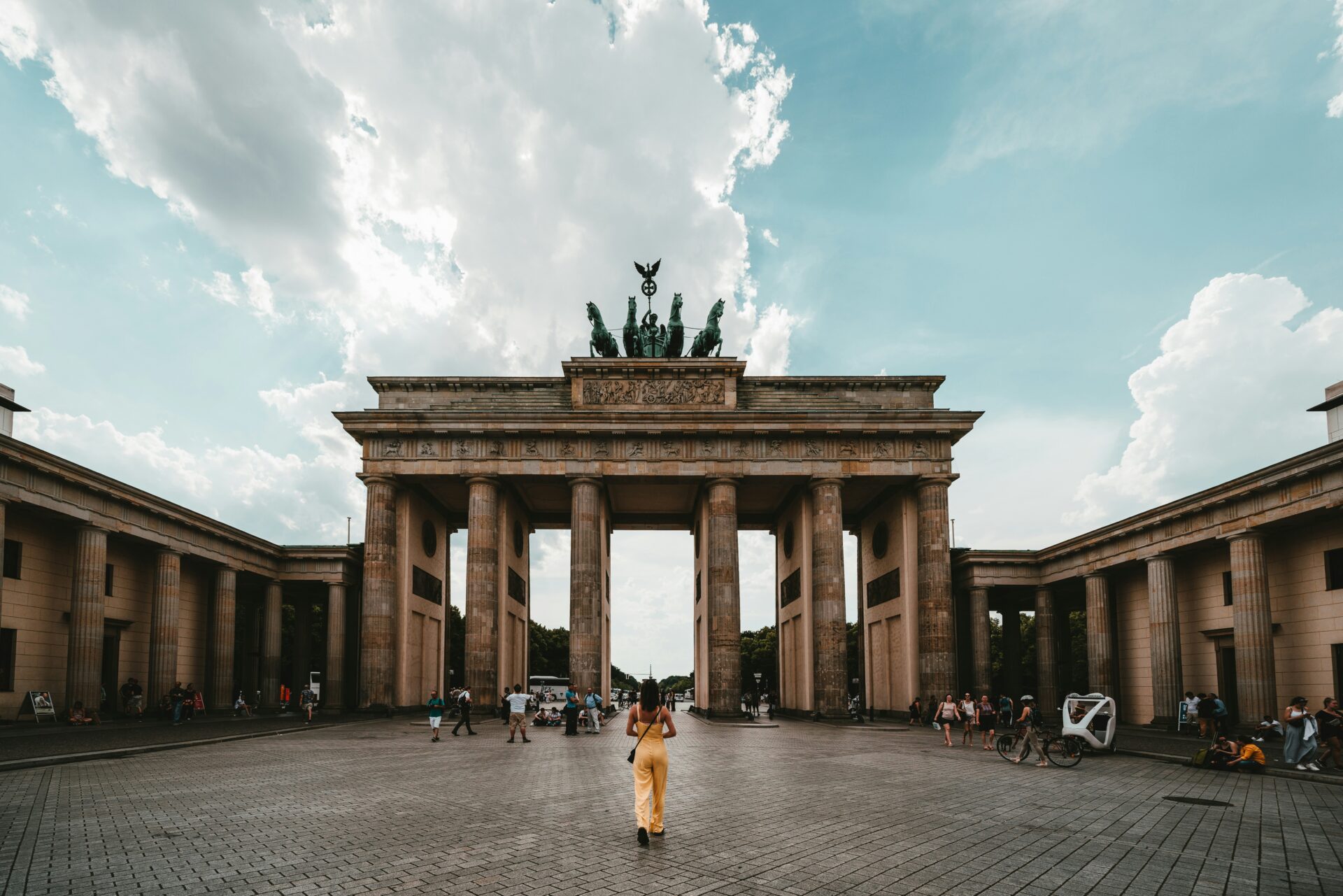
The Industrial Revolution and Urban Expansion
The late 19th century brought massive change with the Industrial Revolution. Factories, railroads, and worker housing started popping up everywhere. Berlin’s population exploded.
Berlin quickly became a powerhouse for industry and technology in Germany. New districts appeared, full of factories, tenements, and wide avenues. The city joined international trade networks, pulling in people from all sorts of backgrounds.
Key impacts of the era included:
- Berlin grew into a scientific and economic center.
- The culture shifted from royal to urban, working-class.
- New museums, theaters, and cultural spots opened up.
By 1900, Berlin was a modern city—right at the heart of German invention and politics.
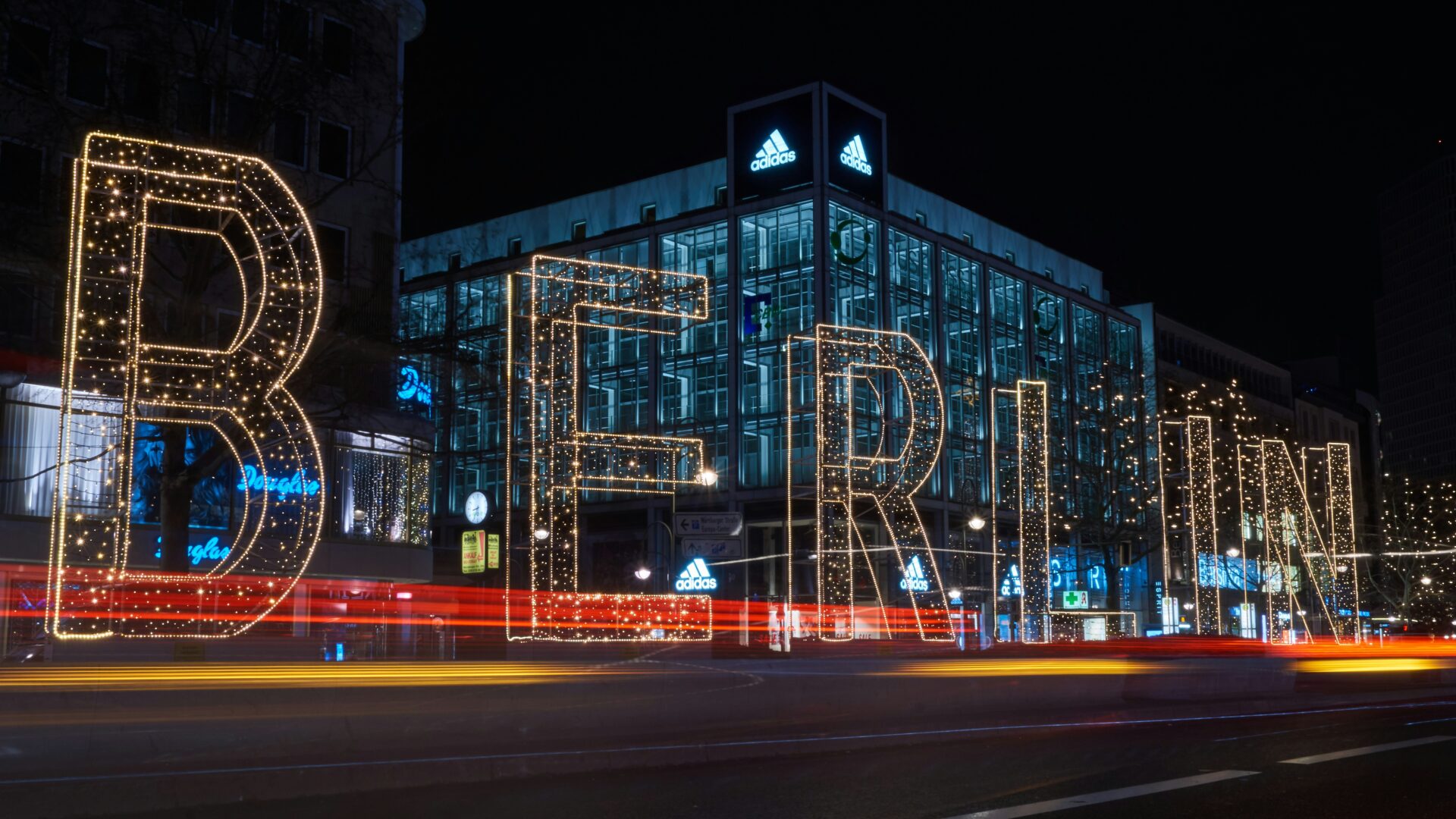
Divided City: Cold War, East and West Berlin
World War II left Berlin battered and split by the Allies. The city turned into a Cold War symbol. The Berlin Wall, built in 1961, sliced through families and neighborhoods. I felt those scars the first time I visited.
West Berlin joined the Federal Republic of Germany (West Germany), becoming a hub for culture and self-expression, but surrounded on all sides by the Wall. East Berlin, controlled by the Soviets, became the capital of the German Democratic Republic. Which side you lived on shaped your daily life. The Wall’s shadow was always there.
Notable facts:
- People tried to escape all the time—sometimes with tragic results.
- Graffiti, memorials, and museums keep the memory of division alive.
- The Wall’s fall in 1989 sparked wild celebrations and reunification.
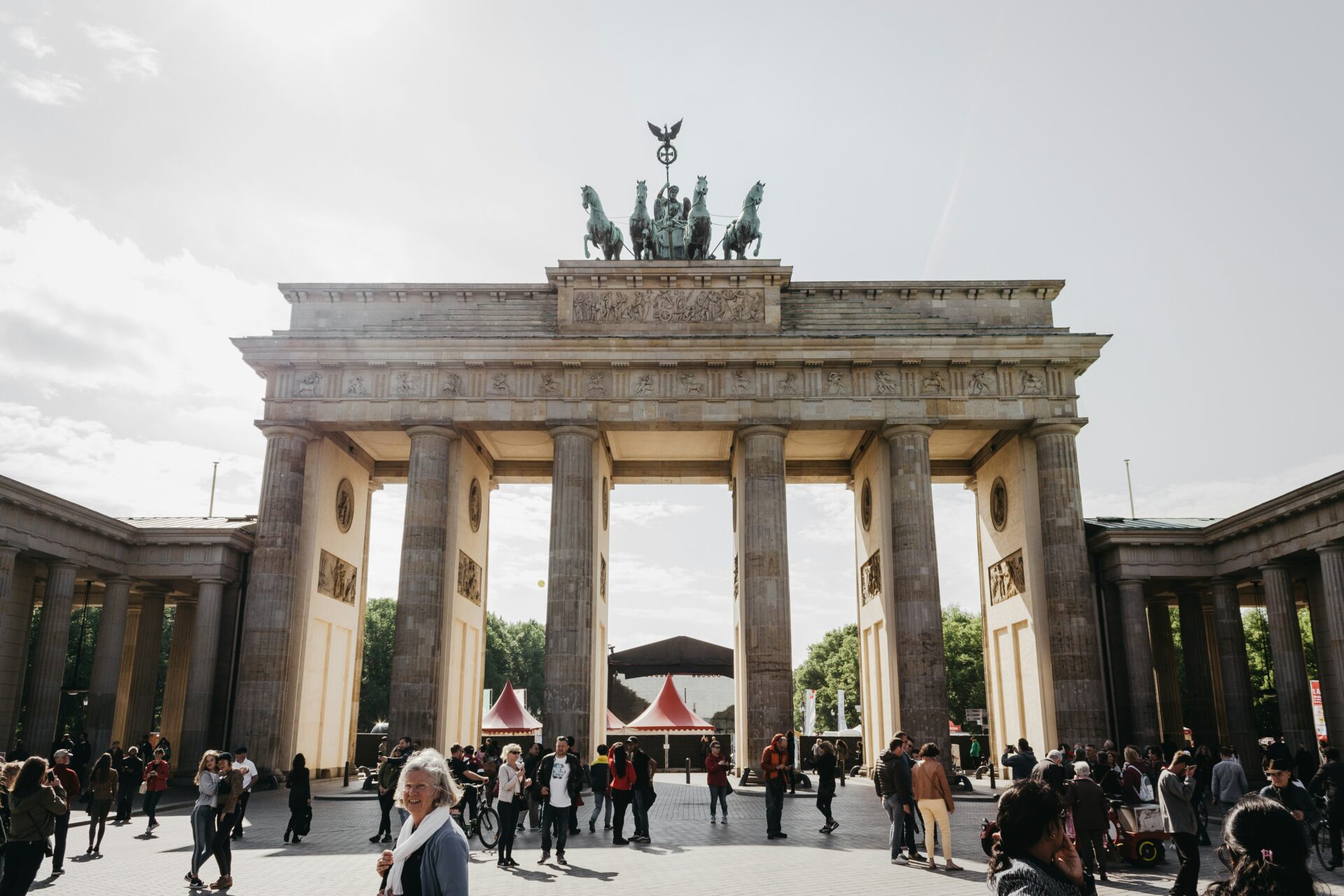
Berlin’s Resilience Through Global Upheavals
The 20th century hit Berlin hard. The Nazi era brought tragedy, including the Holocaust, leaving deep scars. World War II destroyed much of the city, forcing Berliners to rebuild from ruins.
What amazes me is how Berlin adapted every single time. After reunification in 1990, the city transformed yet again. Political and social freedoms returned, and Berlin reclaimed its spot as Germany’s capital.
Now, reminders of old upheavals sit right next to new construction. Museums, memorials, and preserved sites teach tough lessons about history and division. This constant reinvention gives Berlin its layered identity—visible everywhere, from restored monuments to wild street art.

Berlin’s Living Monuments and Iconic Spaces
Berlin’s history is right there on every street. Monuments and sites stand as reminders, shaping the city’s bold character.
The Berlin Wall and Its Enduring Significance
Every time I walk through Berlin, I feel the Wall’s presence. Most of it’s gone, but the East Side Gallery keeps its legacy alive.
Bright murals and hopeful messages cover the long concrete stretch, turning the Gallery into a massive piece of public art. At the Berlin Wall Memorial, I sense the weight of division—rusted fragments, an open-air exhibition, and the Chapel of Reconciliation let you see how the Wall tore through lives.
Checkpoint Charlie throws you right into Cold War reality. The street buzzes with stories of tension and daring escapes. These places aren’t just for looking back; they’re where people gather to learn and remember together.
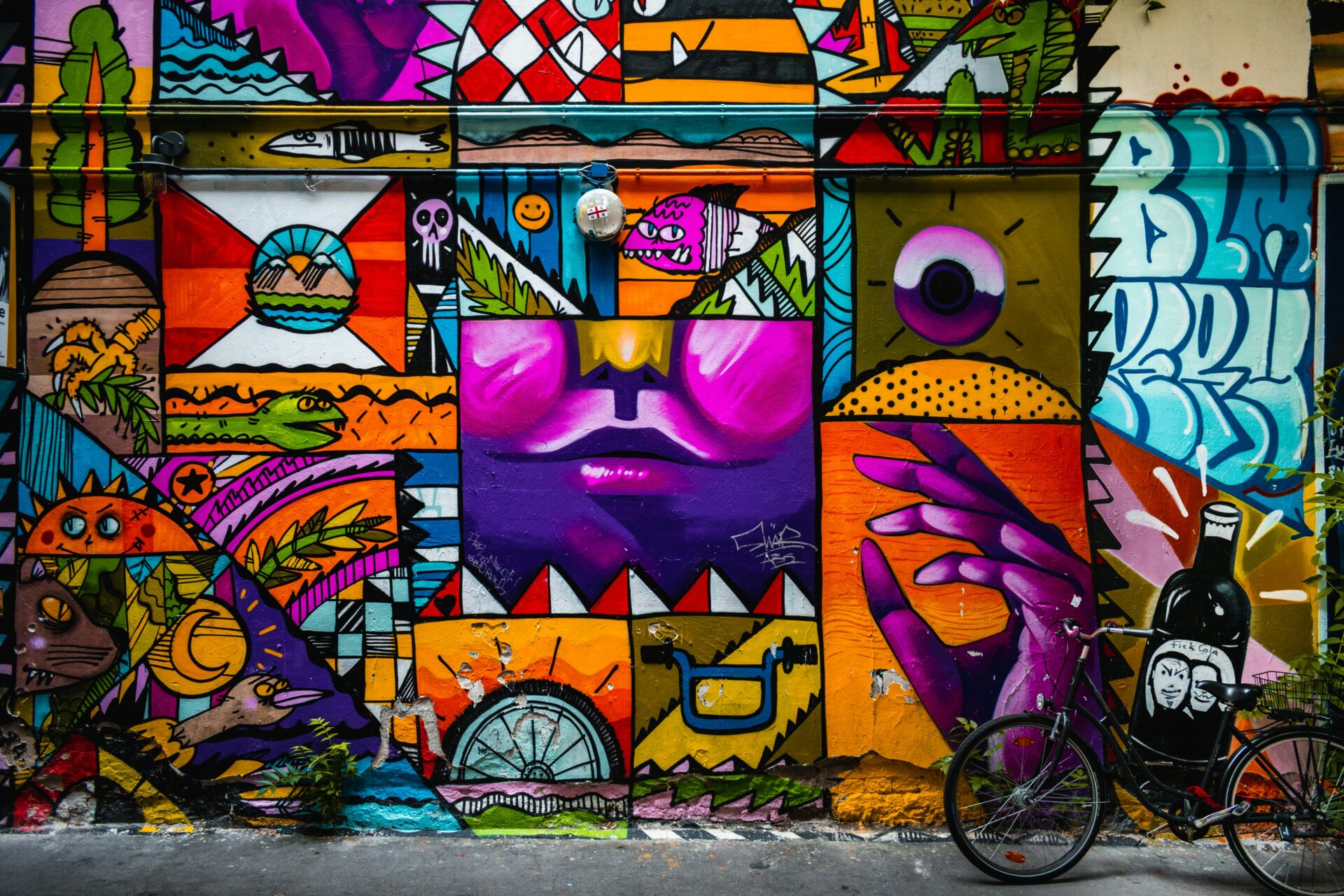
Architectural Landmarks: Brandenburg Gate to Reichstag
Brandenburg Gate always grabs my attention. It used to stand at the edge of two worlds during the Cold War. Now, it’s the symbol of a united Berlin.
Its neoclassical columns rise above Pariser Platz, greeting crowds day and night. Nearby, the Reichstag Building mixes old and new. The historic façade leads to a stunning glass dome—I climbed up for a sweeping city view.
The dome stands for openness and democracy, inviting everyone inside. Not far away, Alexanderplatz pulses with life. The Fernsehturm (TV tower) looms over it all. Unter den Linden, lined with trees and grand buildings, ties these landmarks together. It’s a walk through living history.
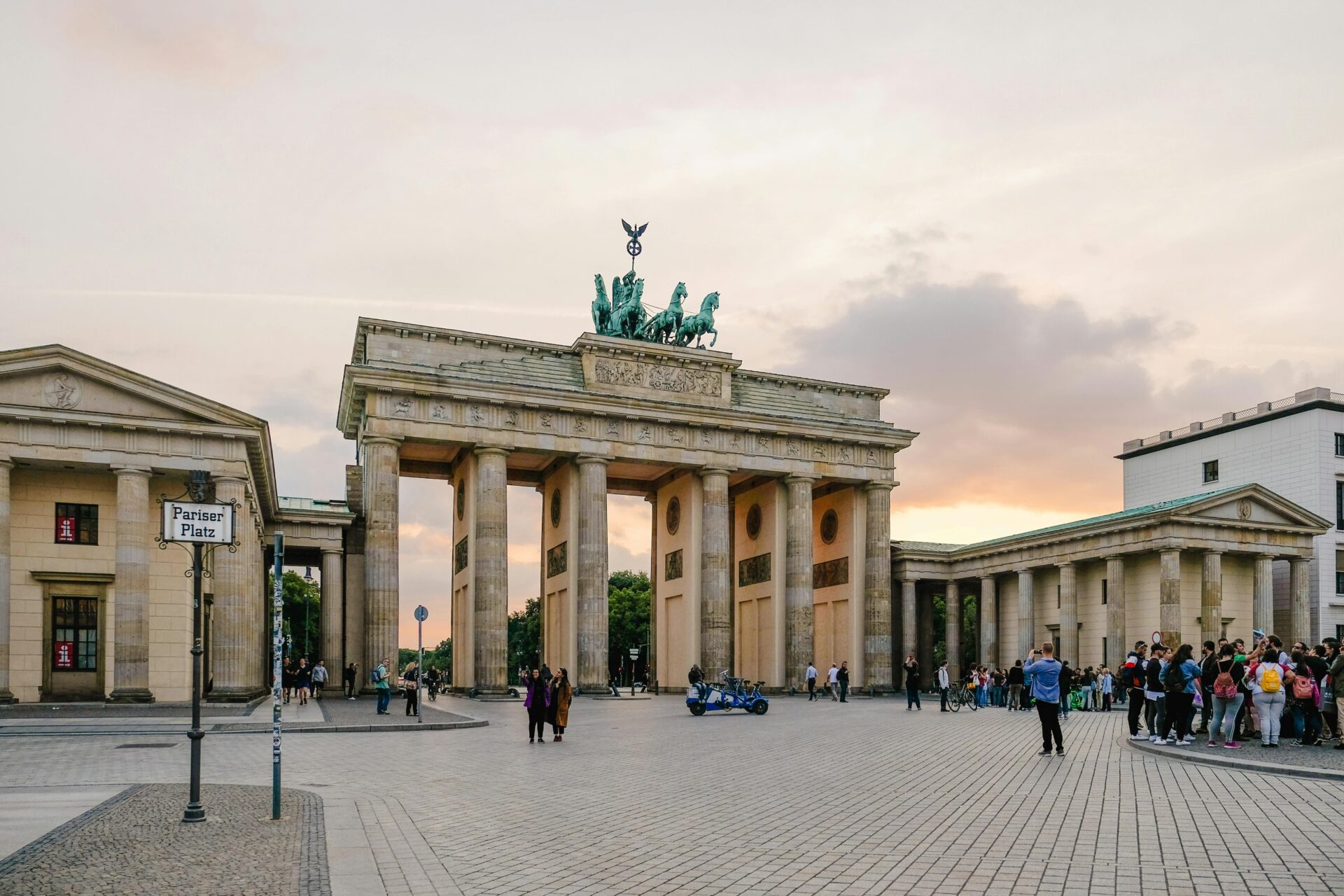
Memory and Remembrance: Memorial Sites
Some places in Berlin are quiet and deeply moving. The Memorial to the Murdered Jews of Europe covers a whole city block with gray stone slabs. Walking through, I really feel the weight of history and loss.
Other memorials, like the Berlin Wall Memorial, include educational displays and preserved border sections. They’re easy to find, with info in several languages and spaces for reflection.
I visit these sites when I want to remember and learn. The past here isn’t distant—it threads right through Berlin’s streets.

Cultural Scene: Art, Museums, and Contemporary Creativity
Berlin buzzes with a wild mix of classic museums, experimental galleries, and raw street art. Every corner seems to hide a monument, a mural, or a spot where creative minds gather.
Museum Island and Cultural Institutions
Museum Island sits on the Spree River, and honestly, it’s one of the city’s highlights. This UNESCO World Heritage spot houses some of Berlin’s most important museums.
I wandered through the Pergamon Museum, blown away by ancient artifacts and massive architecture. The Altes Museum, Neues Museum, and Bode Museum each have their own vibe—classical antiquities, Egyptian treasures, Byzantine art.
The Humboldt Forum stands out, too. It’s in the rebuilt Berlin Palace and brings together culture, science, and art. I love how these spaces let you dive into Berlin’s layered past and global heritage.
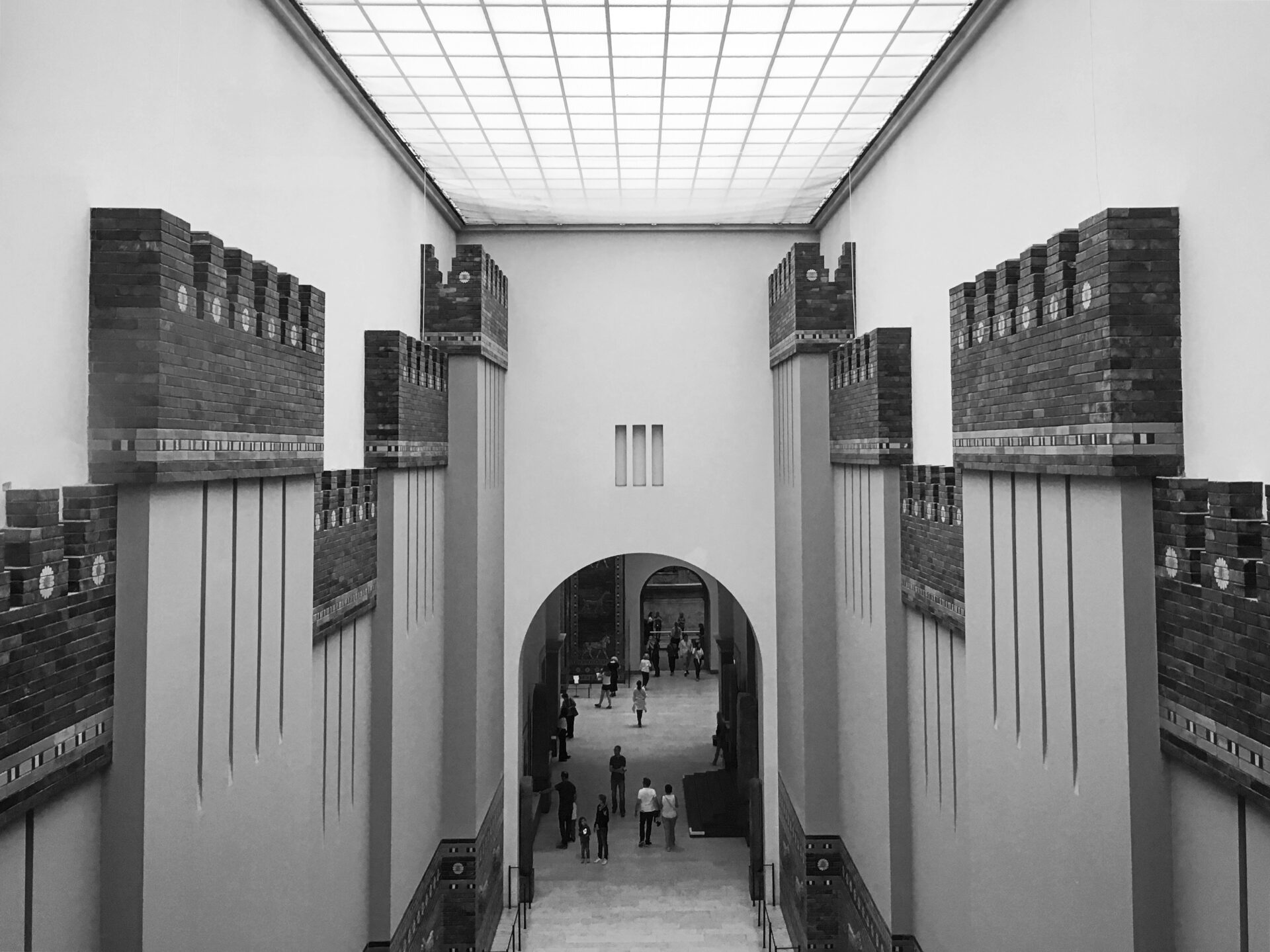
The Rise of Contemporary Art and Street Art
Berlin’s contemporary art scene feels alive and experimental. Wandering Kreuzberg and Friedrichshain, I found walls covered in ever-changing street art—political graffiti, huge colorful murals, you name it.
Galleries like Hamburger Bahnhof focus on modern artists and installations, always pushing boundaries. Blain|Southern and König Galerie show off work from both big names and up-and-comers.
Street art here isn’t just for looks. It’s how locals—and sometimes visitors—comment on politics, society, or just daily life. Berlin’s support for creative expression on the street or in galleries sets it apart from anywhere else I’ve been.
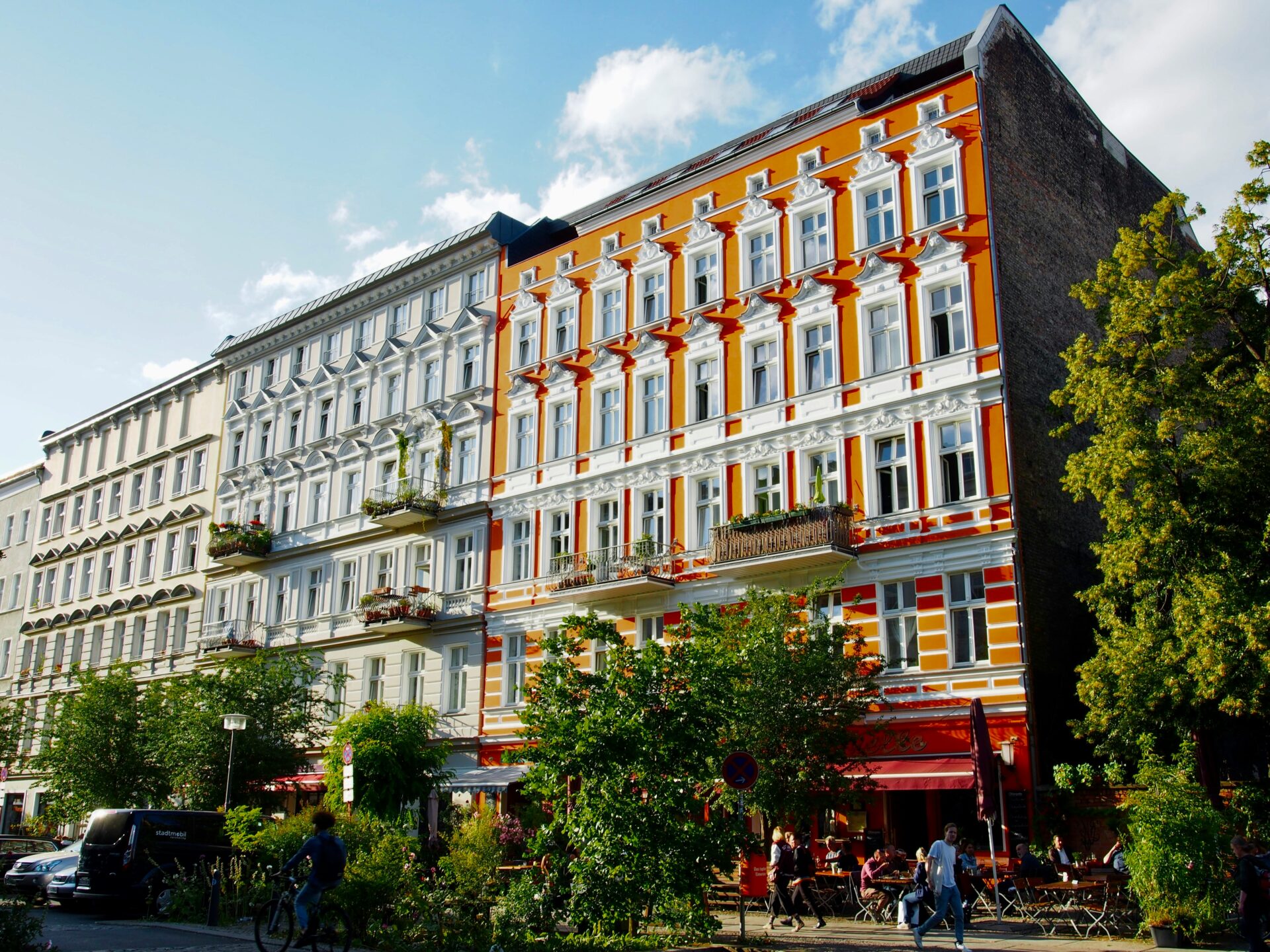
Berlin’s Literary and Avant-Garde Movements
Berlin’s literary scene goes way back. Writers like Bertolt Brecht and Christa Wolf left their mark, and you can still feel it. Bookstores and tiny publishers in Prenzlauer Berg often host events for new voices and bold topics.
The avant-garde spirit pops up in theaters and experimental art spaces. The Volksbühne Theatre, for example, hosts performances that break all the rules.
Writers, historians, and philosophers fill Berlin’s cafés, debating and discussing culture. This mashup of old and new keeps creativity and reinvention alive.
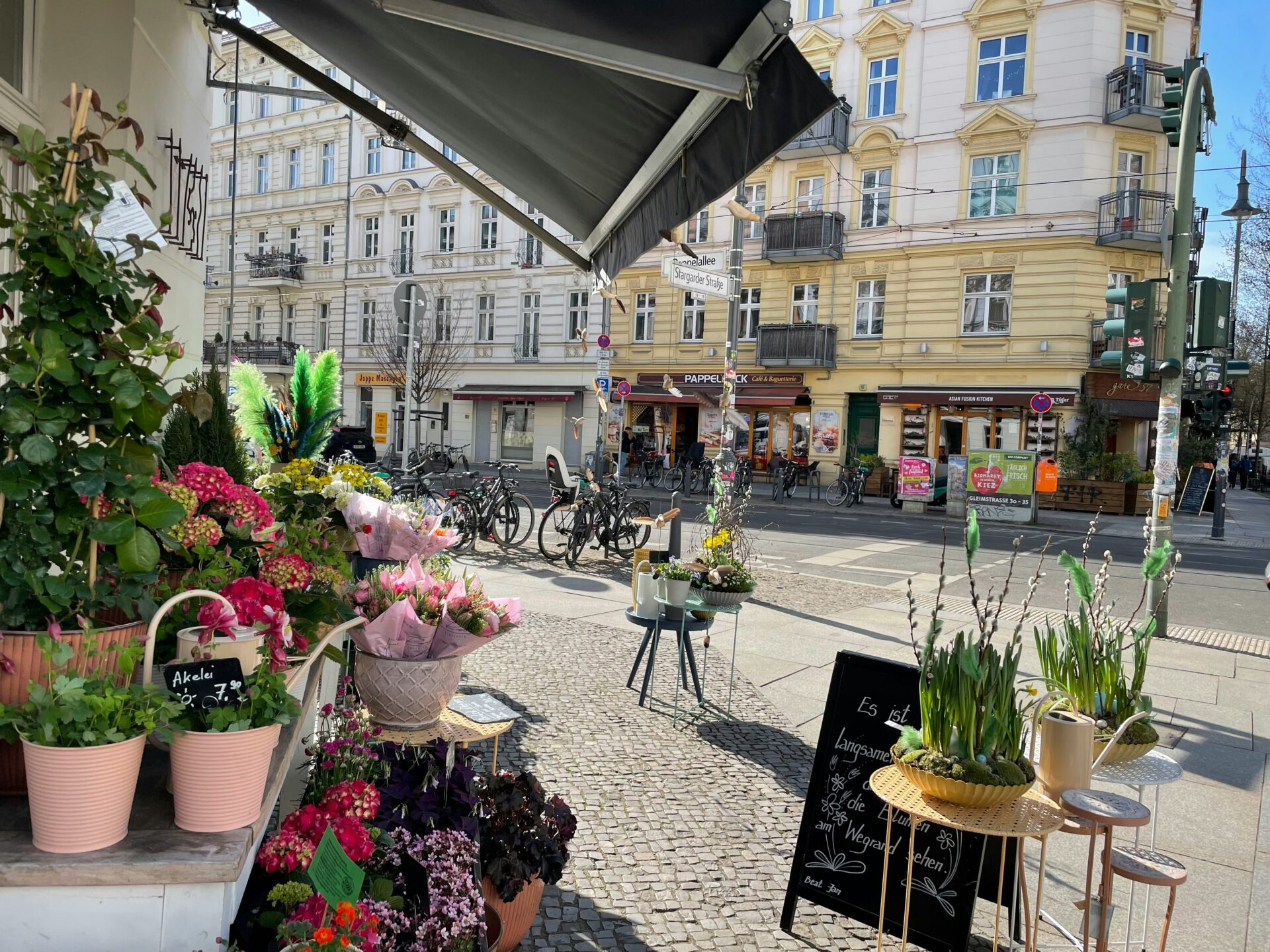
Major Festivals and Events
Berlin throws some pretty epic festivals every year. The Berlinale Film Festival is huge—one of the world’s top film events, drawing filmmakers from everywhere. I got swept up in the red carpet buzz and packed screenings at Potsdamer Platz.
Gallery Weekend in spring lets art lovers explore exhibitions across the city. Berlin Art Week turns the spotlight on visual arts with talks, performances, and special events.
The calendar’s packed—literary festivals, music events, historical commemorations. These gatherings make Berlin’s culture feel exciting and open to anyone curious about the arts.

Edgy Vibes: Nightlife, Neighborhoods, and Subcultures
Berlin’s energy just doesn’t quit. Legendary clubs, ever-changing neighborhoods, and bold subcultures keep things interesting. Music, street life, and a real openness to new ideas shape the city’s vibe.
Legendary Venues and Berlin’s Nightlife Evolution
Berlin nights start late and, honestly, end whenever you want. Clubs like Berghain have become icons, famous for tough doors and all-night techno marathons.
Big spaces fill up with people chasing freedom and music. Unlike most cities, Berlin’s public transport keeps running all night, so it’s easy to bounce from Charlottenburg’s old bars to Friedrichshain’s clubs.
Some venues feel hidden, tucked behind graffiti or inside old factories. The atmosphere is always relaxed—music comes first, not glamour. That attitude built Berlin’s reputation for tolerance, creativity, and a sense of community.
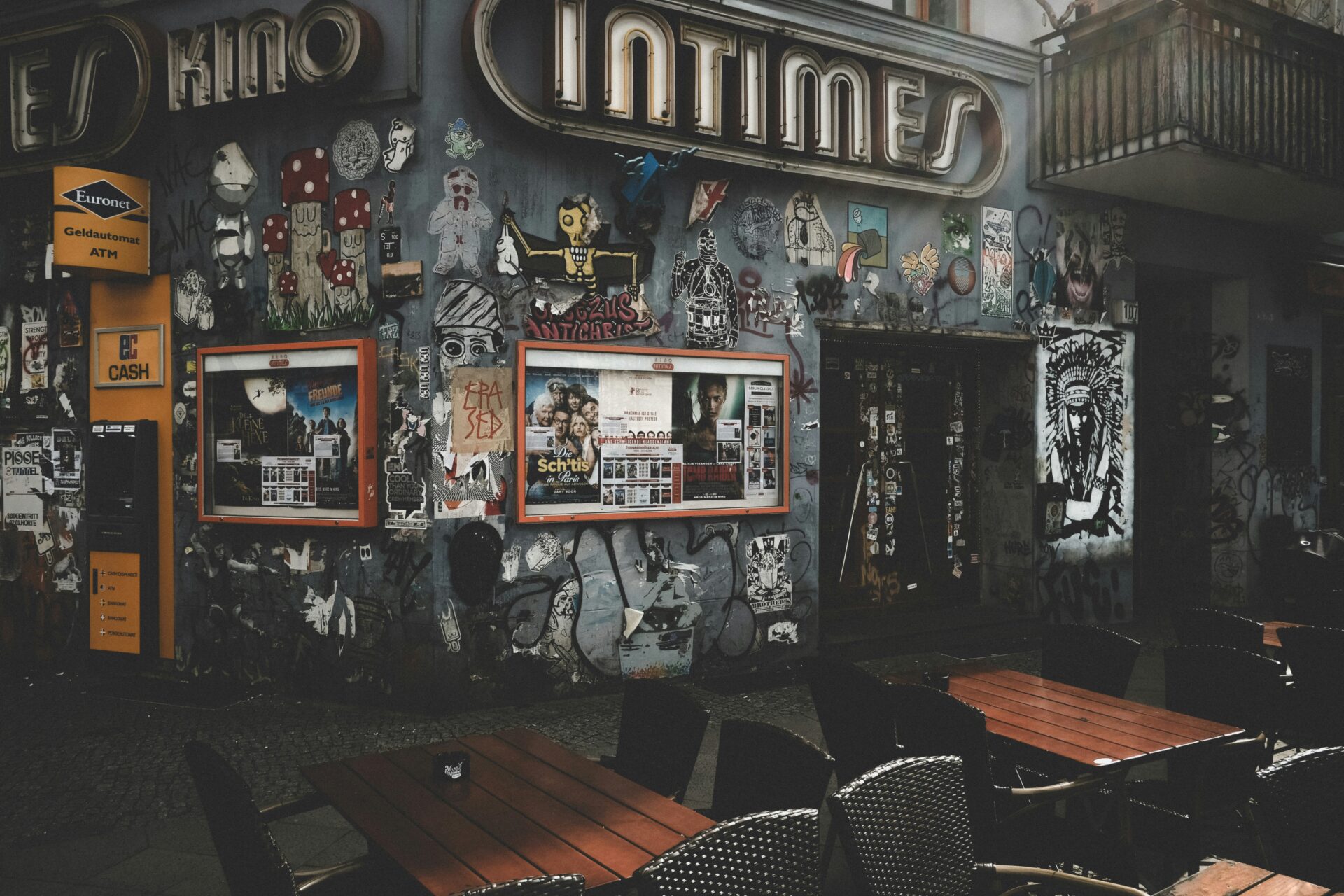
Music Scene: From Techno to SO36
Techno might be Berlin’s heartbeat, but it’s not the whole story. SO36 in Kreuzberg has roots in punk and rock, as well as electronic music.
Different genres thrive in different corners. Berghain is the techno temple, but SO36 keeps its rebellious spirit alive with queer parties, punk shows, and political events.
Small bars in Neukölln or Prenzlauer Berg might host a jazz quartet tonight and a local DJ tomorrow. I’m always surprised by how music here crosses boundaries—techno fans end up discovering funk, indie, or hip-hop.
Music Spot Highlights:
| Venue | Genre(s) | Notable Features |
|---|---|---|
| Berghain | Techno | Industrial setting, strict door policy |
| SO36 | Punk/Electronic | Activist history, diverse programming |
| Gretchen | Bass/Hip-Hop | Eclectic, mixes genres |
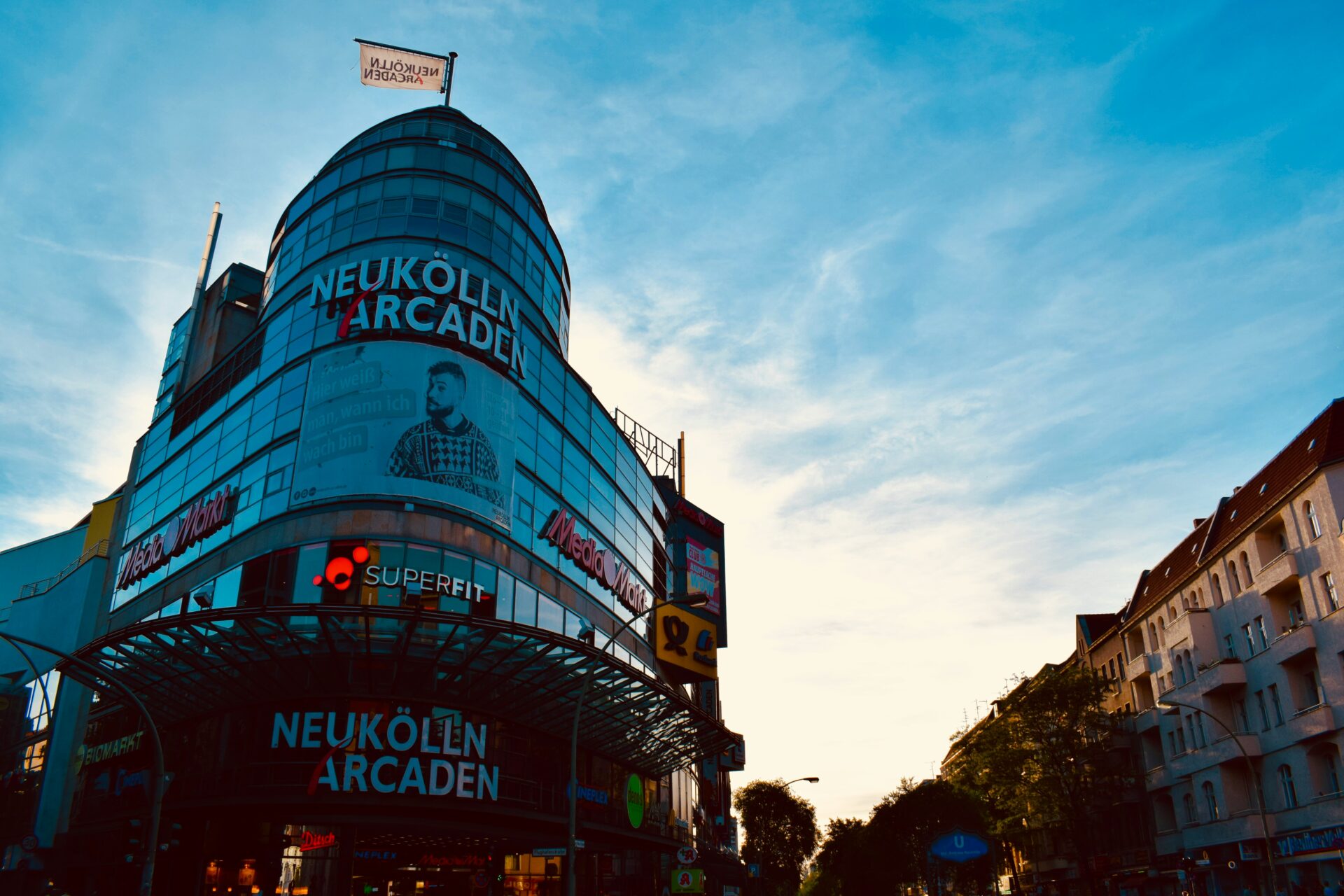
Neighborhoods of Transformation: Kreuzberg, Neukölln, Friedrichshain
Kreuzberg pulses with activism, art, and immigrant culture. Some days, the streets burst with street art and spontaneous rallies. At night, clubs fill basements and old spaces, especially along the Spree.
Friedrichshain, once East Berlin, feels raw and young. Big venues like RAW-Gelände host open-air bars, music festivals, and graffiti walls. Cycling from Neukölln’s chill cafés to Friedrichshain’s dance floors, I see Berlin reinvent itself in real time.
Neukölln used to be quieter, but now it buzzes with artists, international food, and creative studios. Even Prenzlauer Berg, once edgy, has turned into a mix of young families, vintage shops, and a few leftover squats.
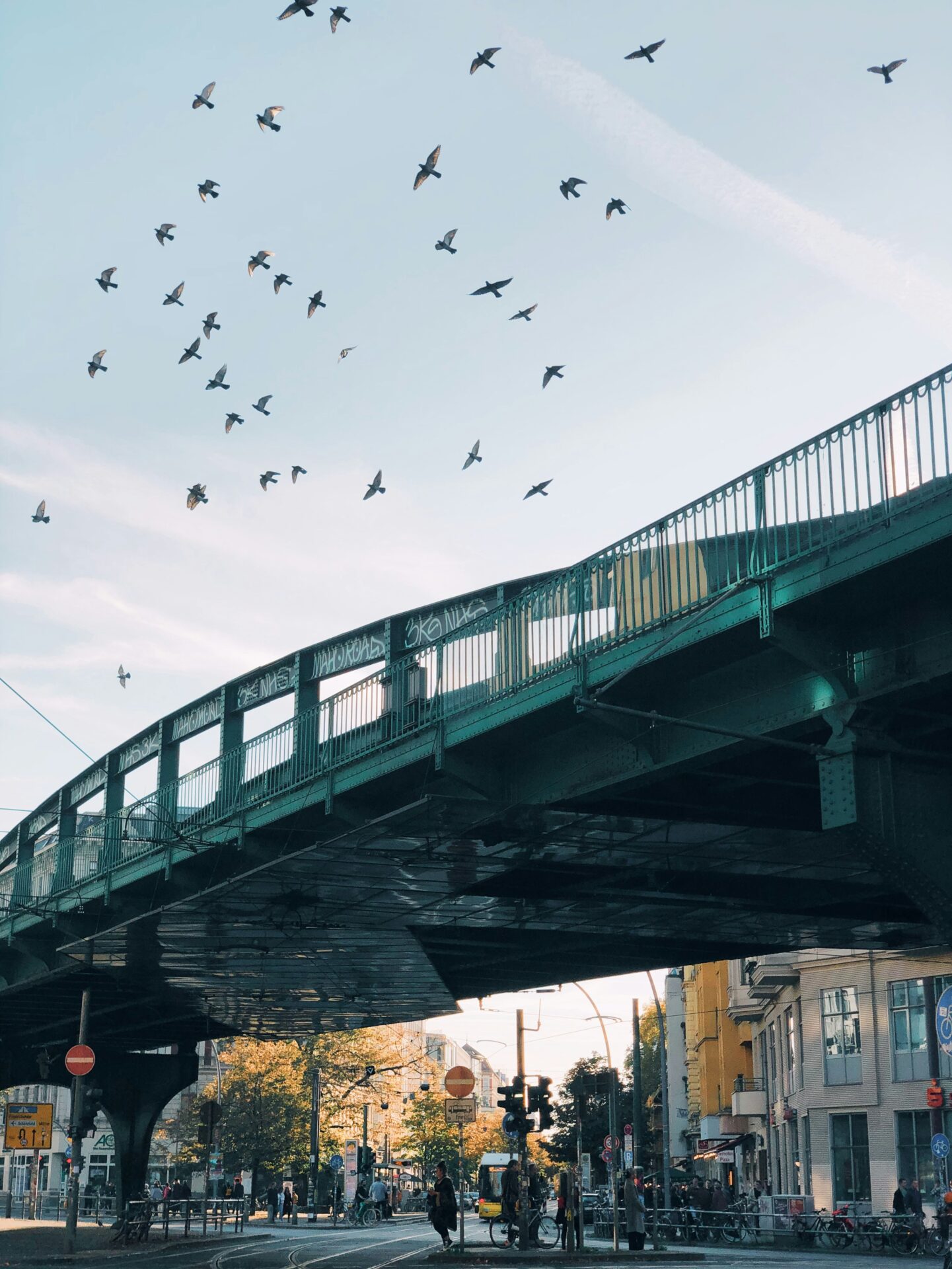
Gentrification and Urban Change
Berlin’s rents keep climbing, and the city’s edges seem to shift every year. Kreuzberg and Neukölln? They’re right in the heat of the gentrification debate. New bars and galleries pop up, sure, but they also squeeze out old communities.
You’ll spot protests, stickers, and angry posters against high rents and evictions almost everywhere. Honestly, I’ve watched some of my favorite clubs and cafés either move out or vanish because landlords want to cash in on Berlin’s growing fame.
Still, cycling lanes and public transport help everyone get around and keep the city feeling accessible. There’s always this push and pull between the old and the new. The underground spirit isn’t giving up, though. Subcultures drift further out or reinvent themselves, hunting for new corners to call home and keep that unmistakable Berlin edge alive.
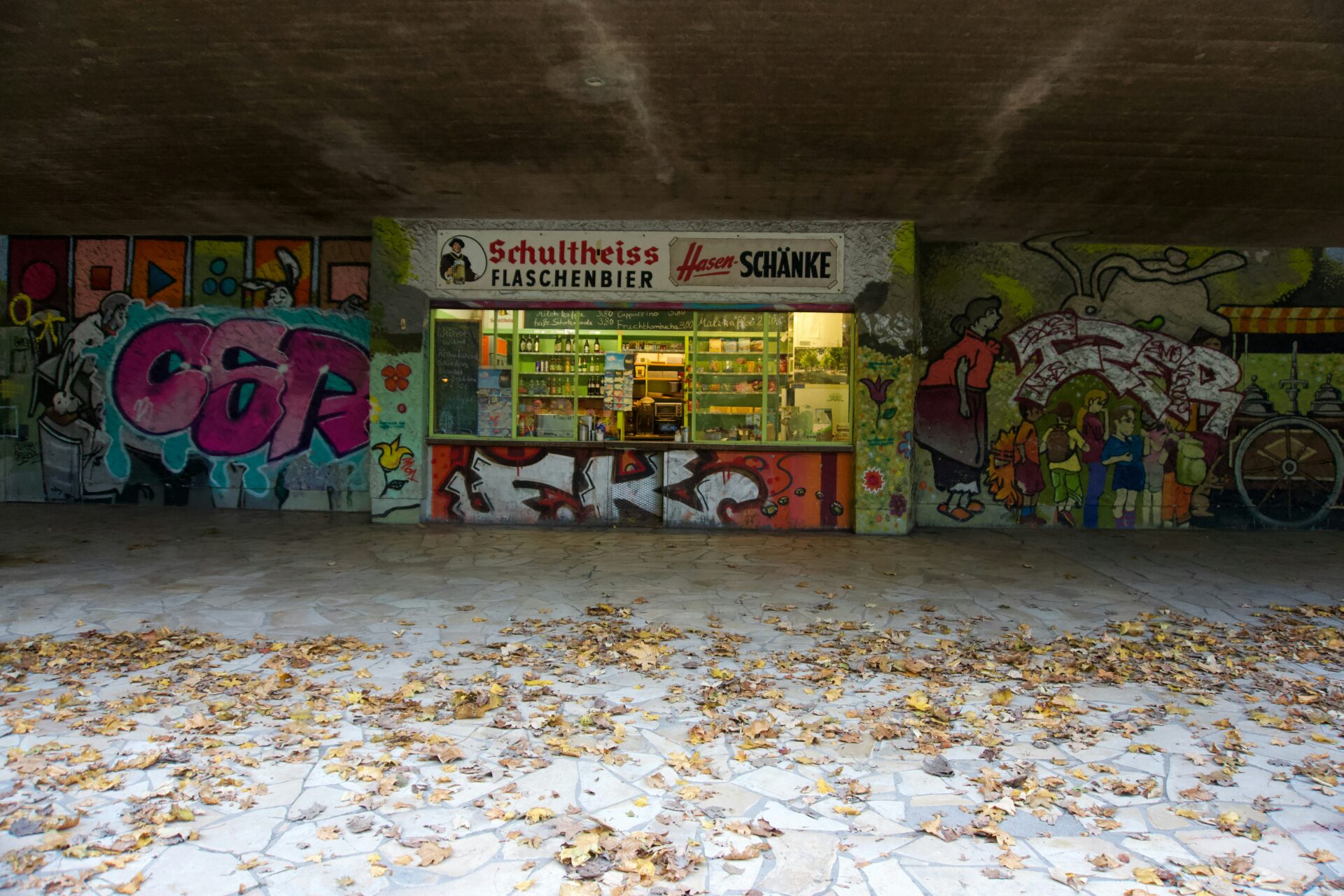
Modern Berlin: Connectivity, Cuisine, and Global Metropolis
Berlin today feels like a city that’s always in motion. Fast trains, a buzzing food scene, and easy escapes into green spaces all shape daily life. It’s bold, diverse, and never really stands still.
Urban Infrastructure and Mobility
Getting around Berlin? It’s honestly a breeze. The U-Bahn, S-Bahn, trams, and buses form a web that links every part of the city. Most days, I hop on the U-Bahn since it’s quick and hits even the far-flung neighborhoods.
Biking’s another favorite. Berlin’s streets and cycling lanes are laid out so you can ride pretty much anywhere, even in winter. They keep adding new paths, which makes cycling safer and more tempting. Taxis and ride-shares exist, but with the city’s fast trains and buses, I rarely need them.
The city keeps updating stations and rolling out new vehicles. Digital ticketing? Super handy. All these things come together to make Berlin’s mobility feel less like a chore and more like part of the city’s heartbeat.
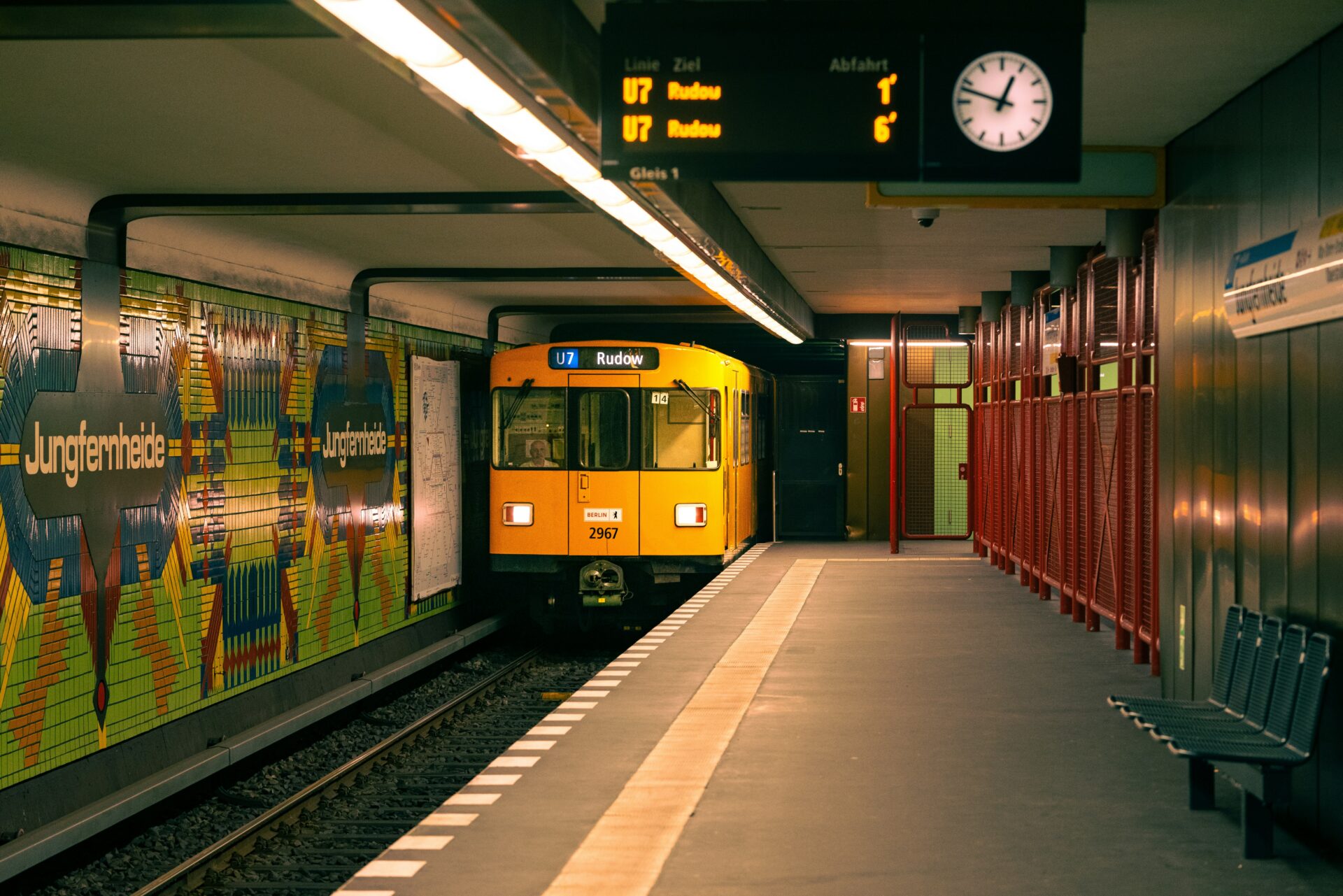
Diverse Culinary Scene
Berlin’s food scene is as wild and varied as its people. Walk down almost any street and you’ll find Turkish bakeries, Vietnamese noodle joints, classic German pubs, and vegan cafés that look straight out of a design magazine. The choices? Honestly, it’s hard to keep up.
Popular dishes and experiences:
- Döner kebab from street stands
- Currywurst at neighborhood Imbiss stalls
- Flammkuchen at cozy beer gardens
- International food markets, especially Markthalle Neun
Tempelhof’s urban gardens host community veggie plots and surprise food pop-ups. In Kreuzberg and Neukölln, top chefs try out fusion dishes you won’t find anywhere else. Every meal here feels like a new chapter in Berlin’s story—a wild mix of old traditions, migration, and restless creativity.
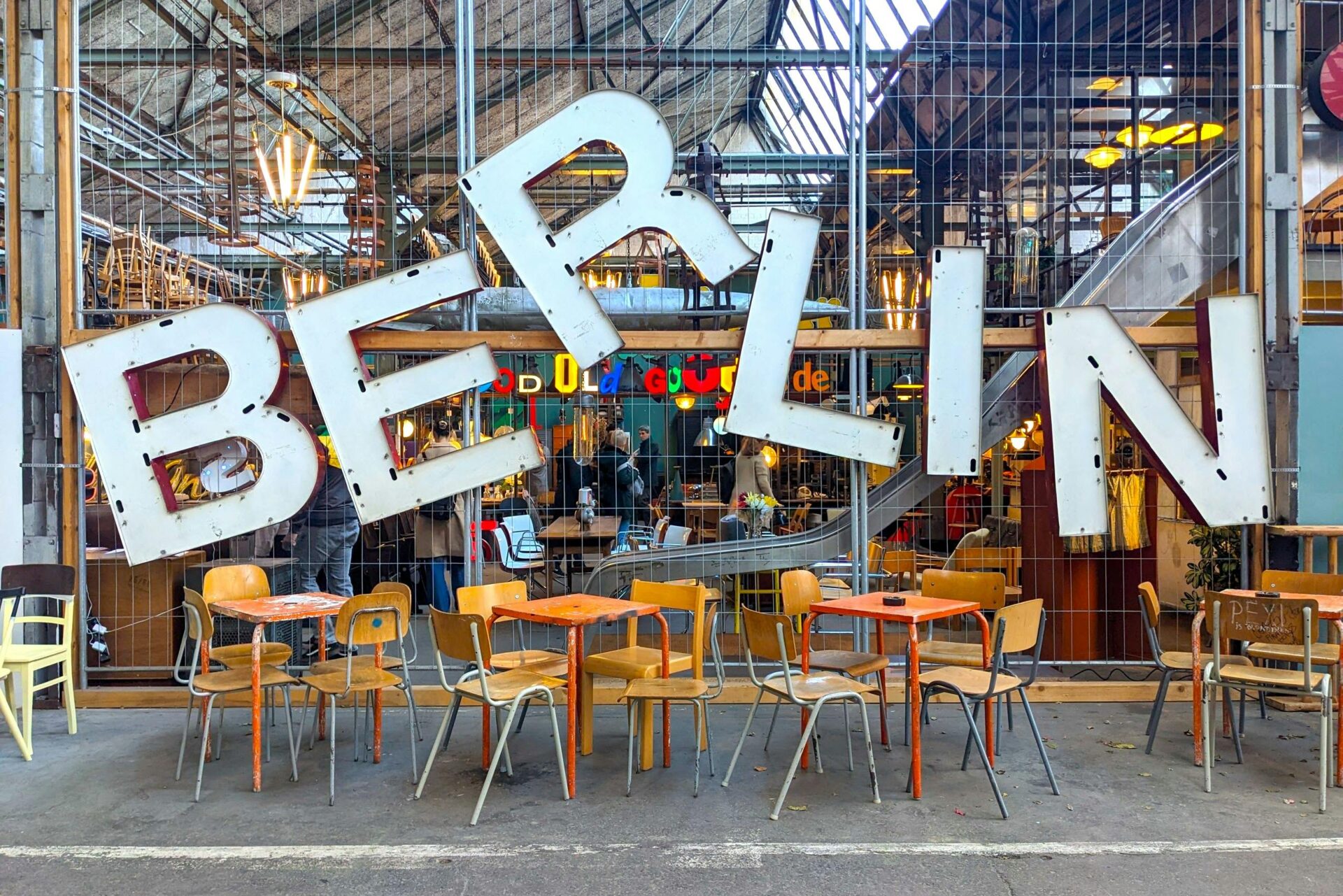
The River Spree and Green Spaces
The River Spree winds its way through Berlin, shaping the city’s social life in all sorts of ways. I love sprawling out on its banks, just watching boats drift by, or sometimes hopping on one myself with friends, gliding past old museums and those shiny new skyscrapers.
Green spaces pop up everywhere in Berlin—seriously, you can’t miss them. Parks, playgrounds, and even quirky spots like Tempelhof Field, where an airport runway now doubles as a jogging track or a picnic spot. At Tempelhof, you’ll spot people flying kites, cycling, or just soaking up the sun on a lazy afternoon.
Tiergarten sits right at the city’s center, and it’s massive. It almost feels wild, with forests that make you forget you’re smack in the middle of a capital.
All these outdoor hangouts? They really slow down the city’s hectic pace. Berlin feels more open, a bit more relaxed, and honestly, just more inviting because of them.
| Popular Green Spots | Activities |
|---|---|
| Tempelhof Field | Biking, picnics |
| Tiergarten | Walking, festivals |
| Mauerpark | Flea markets, music |

